Academy of Excellence "Space, Environment, Risk and Resilience"
CASHOO - Electromigration to remove phosphate and ammonium ions from an aquaculture pond by adsorption
Does intensive shrimp farming activities impact shrimp and human health? Search for ecological and economic pathways.
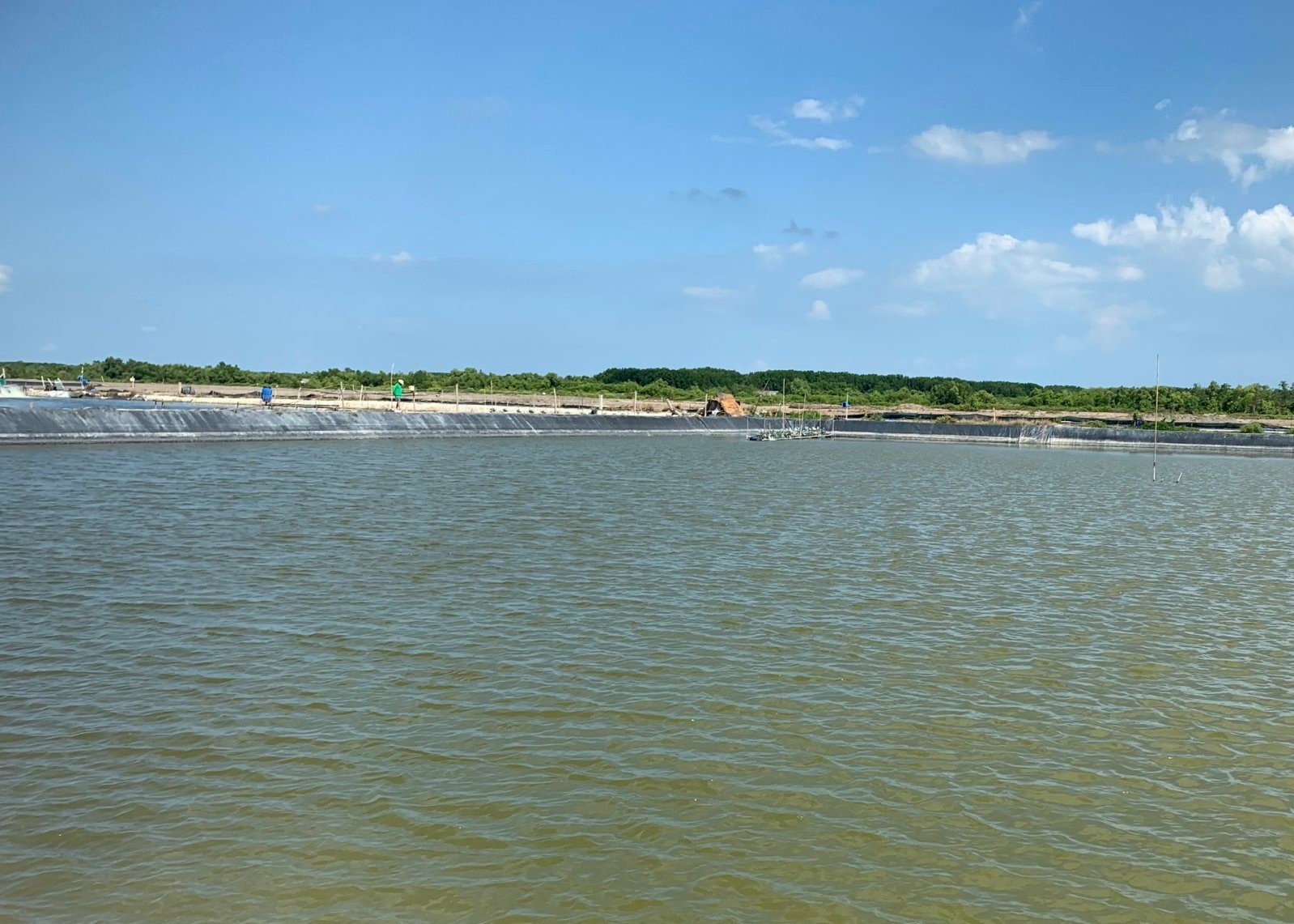
Academy Highlight
The project falls under the theme “Assessment and detection of anthropogenic risks on human health, environment, and global changes,” by focusing on the consequences of intensive shrimp farming on shrimp and human health (shrimp consumption). It also addresses the management of pollution risks associated with intensive farming practices in coastal areas in Vietnam.
The project
In Vietnam, aquaculture activities represent a significant part of agricultural activity. Many aquaculture farms practice intensive shrimp farming for local and international consumption. Since 2010, the emergence of acute hepatopancreatic necrosis disease (AHPND) caused by the bacterium Vibrio parahaemolyticus has led to a worrying increase in shrimp mortality. The measures implemented to fight the proliferation of this bacterium initially focused on conventional approaches such as disinfecting ponds or using antibiotics, but these practices gradually led to an increase in the resistance of pathogenic bacteria. Meanwhile, analyses of farming water quality have shown that phosphate and ammonium levels are difficult to control and increase over time due to inputs (1) from shrimp feed and (2) from waste produced by the shrimp themselves (excrement, animal carcasses, etc.). Water pollution by phosphates and ammonium is an environmental problem because it promotes eutrophication, leading to oxygen depletion and ultimately species extinction. To combat water pollution by phosphates and ammonium, different regulations have been introduced to limit their use and promote sustainable agricultural practices. To better manage the concentration of ammonium and phosphates in shrimp farming ponds, two options are possible: (1) use filters to adsorb ammonium and phosphates (these filters, based on activated carbon, are generally very expensive), (2) regularly renew the water in the ponds. Given the depletion of water resources worldwide, the second option should be avoided as much as possible.
The objective of this project is to investigate an alternative, ecological, and cost-efficient treatment capable of simultaneously containing both chemical pollution and the proliferation of pathogenic bacteria in a shrimp farming pond. To achieve this, non-pathogenic bacteria will be used as probiotic agents, combined with a solid adsorbent naturally present in Vietnam, with the aim of (1) limiting the growth of pathogenic bacteria and (2) immobilizing phosphate and ammonium ions by adsorption to limit water pollution. Electrokinetic principles will be applied to promote water filtration through the solid adsorbent and thus improve the effectiveness of probiotic treatment and immobilize pollutant ions. Preliminary work conducted in the laboratory has revealed that the addition of natural zeolite combined with the bacterium Bacillus subtilis (B. subtilis) to the water in shrimp farming ponds significantly improves shrimp health. This improvement appears to be correlated, among other factors, with a decrease in phosphate and ammonium levels in the water (these ions are likely trapped on the surface of the zeolite) and a reduction in the activity of the bacterium Vibrio parahaemolyticus.
The different phases of the project include: 1) characterizing the physico-chemical surface properties of natural zeolite both with and without B. subtilis; 2) investigating the physico-chemical interactions between zeolite (natural and with B. subtilis) and ammonium and phosphate ions in static mode (batch experiments); and 3) studying the migration of ammonium and phosphate ions under the influence of an electric field applied to electrodes placed at both ends of a miniature pond (an electrokinetic cell representing the shrimp farming environment), and their trapping by placing porous zeolite filters (natural and with the presence of B. subtilis) on either side of the pond.
Several disciplines are involved in the project, including physics, chemistry, and biology, with the ultimate goal of offering shrimp farmers an ecological and cost-efficient approach to managing their farming ponds.
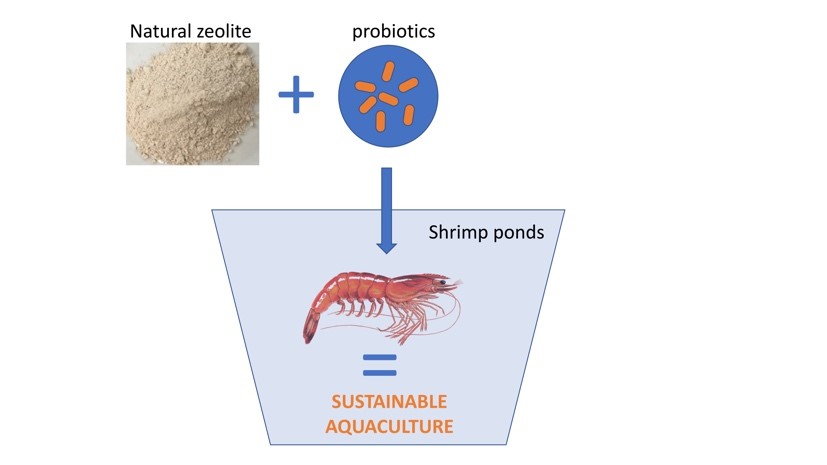
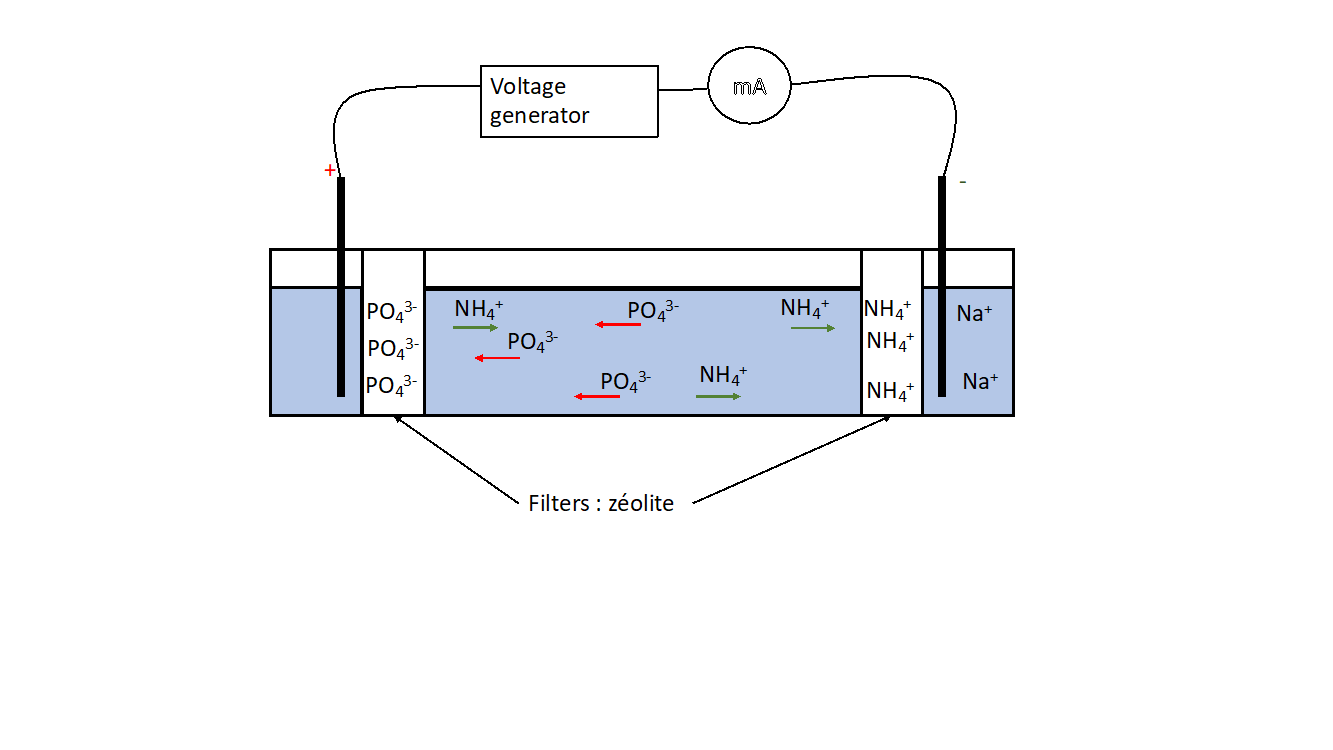
The +
The Cashoo project proposes a comprehensive approach to promote the implementation of a local and sustainable solution that addresses an environmental issue that could have repercussions on animal and human health and bring societal changes in farming practices in Vietnam.
What's next ?
From laboratory scale to real production scale, adaptation of technologies will be necessary. Then, the project will investigate a scaleup of the treatment approach in real conditions of shrimp farming. An ecological and economic approach to manage farming pond in Vietnam will be pursued.
How does the project contribute to the transdisciplinary ambition?
-
Biology - Ho Chi Minh City University of Natural Resources and Environment, Vietnam
The Vietnamese laboratory will contribute its expertise in the methods of enhancing the surface of zeolite by adding B. subtilis and evaluating the effectiveness of the treatment on their development. -
Physics - INPHYNI
INPHYNI will contribute its expertise in characterizing the surface properties of zeolite, assessing interactions with pollutants, and modeling. -
Chemistry - ICN
ICN will bring its expertise in highlighting the redox phenomena occurring in various compartments of the cell and in choosing the nature of the electrodes to be used.
Project informations
| Scientific field: Environmental and Human Health Material Sciences Aquaculture |
Keywords: Electrokinetic Electromigration modeling Depollution Food pollution |
| Start of the project: 2023 |
Budget: €37,000 from Academy 3 |
| Project members: Charlotte Hurel Hervé Michel Phung Nguyen Ky Student involved: Phung Le Thi (PhD) |
Partner laboratories:
International collaboration: |
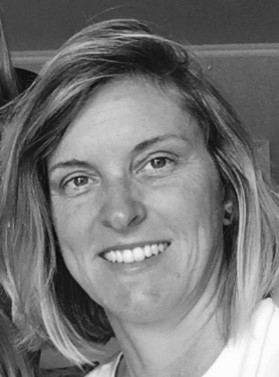
Charlotte Hurel
INPHYNI - Université Côte d’Azur, CNRS
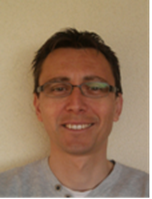
Hervé Michel
ICN - Université Côte d’Azur, CNRS

















